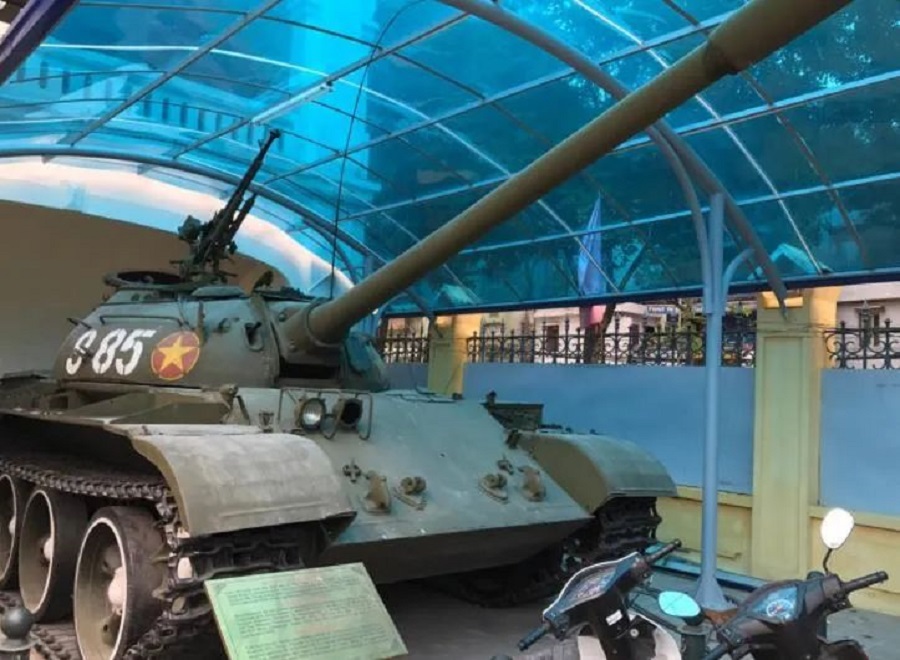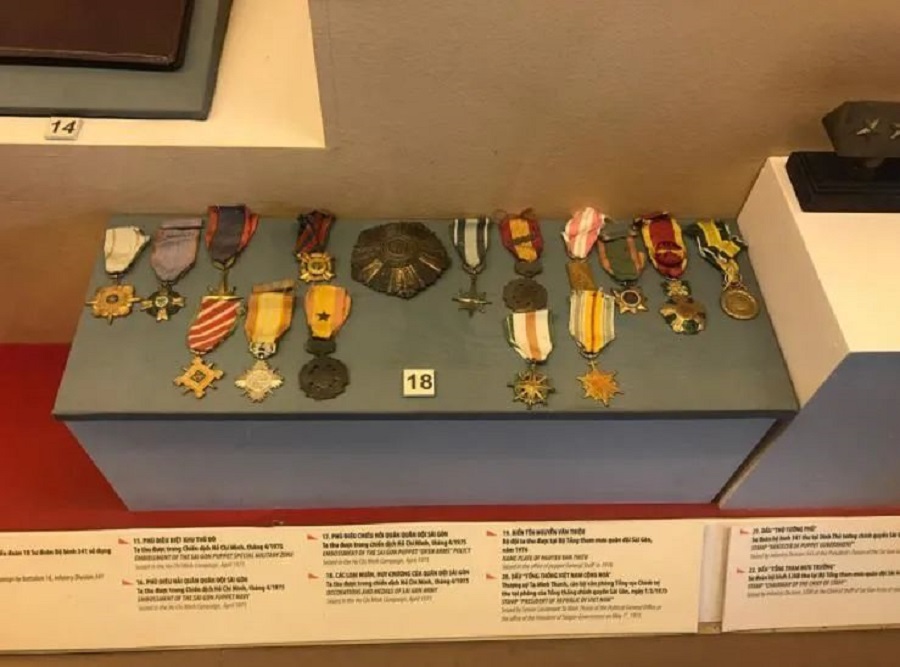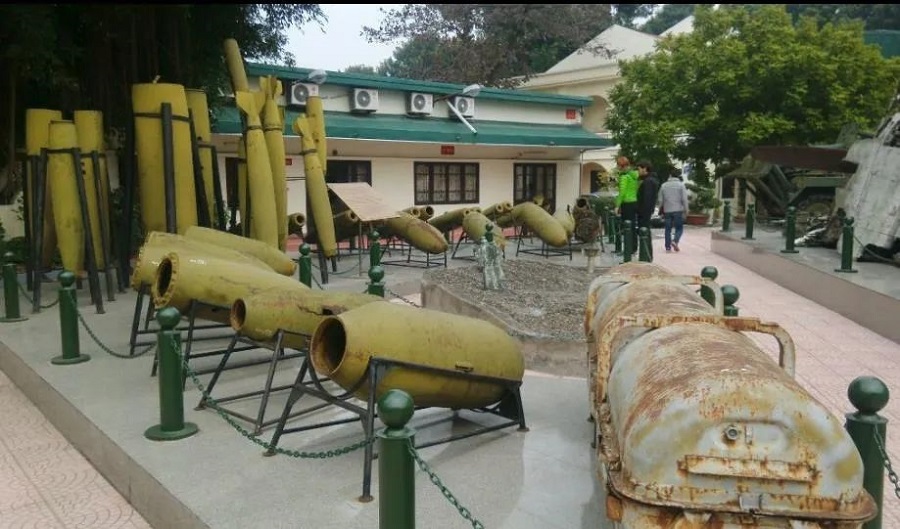Hanoi, the capital of the Socialist Republic of Vietnam, is the second largest city in Vietnam. Hanoi is located in the Red River Delta in the north of Vietnam, with a total area of 3340 square kilometers and a population of 7.56 million. Hanoi is an ancient city with a history of more than 1000 years. About 3000 years ago, people began to live in Hanoi. Since the 11th century, Vietnam has been the political, economic and cultural center of Vietnam. It has rich historical relics, scenic spots and historic sites, and is known as the "Land of Millennium Cultural Relics".
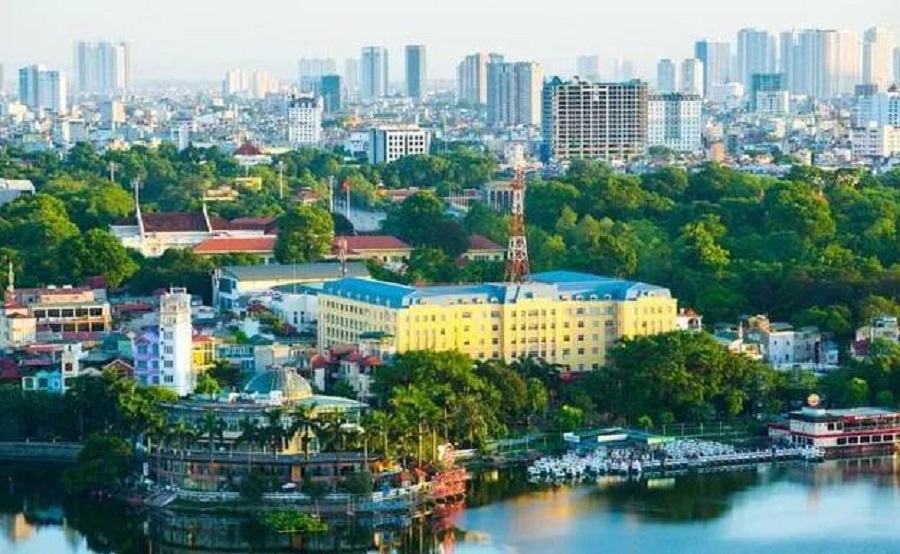
Built in 1886, it imitates the style of Notre Dame in Paris. It is a typical French architecture in Hanoi. The appearance is mottled and the interior decoration is complicated, which is worth seeing. Mass is held here every day, and there are usually more people on weekends and religious festivals. The door of the church is only opened when mass is held. At other times, people should enter the church through the side door. There are many cafes in the street across from the church. You can sit down and taste coffee when you are tired.
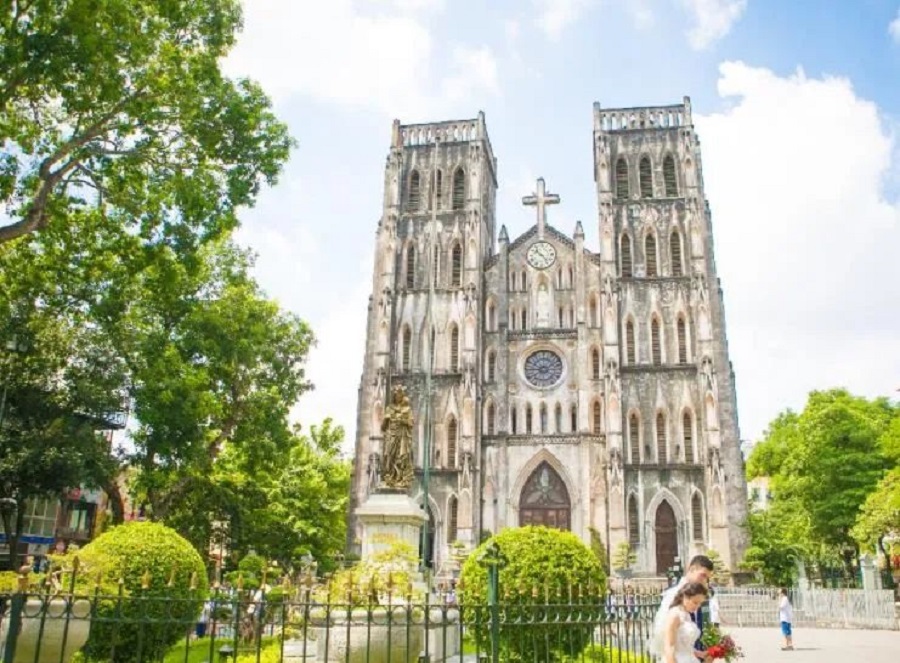
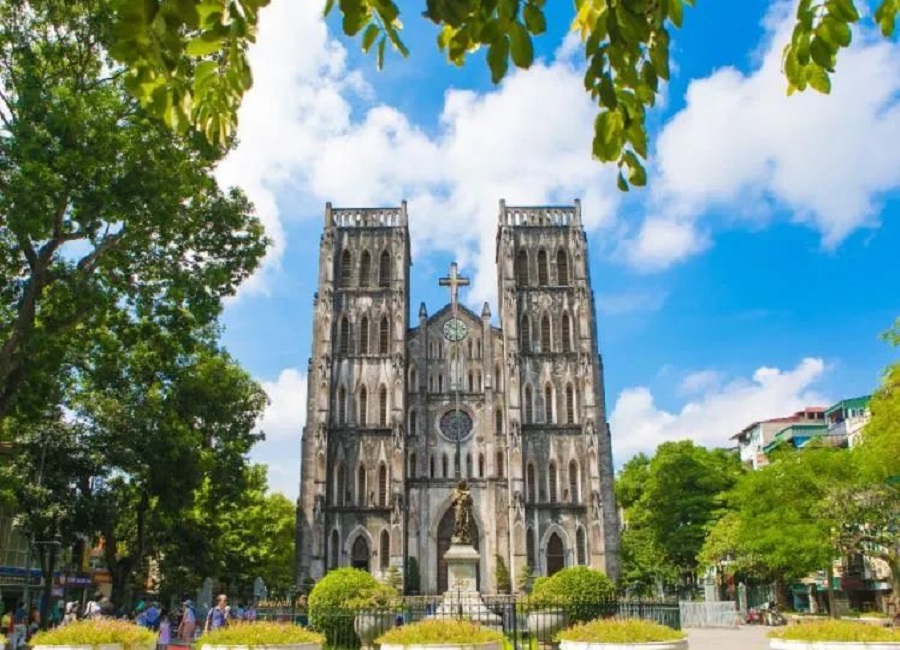
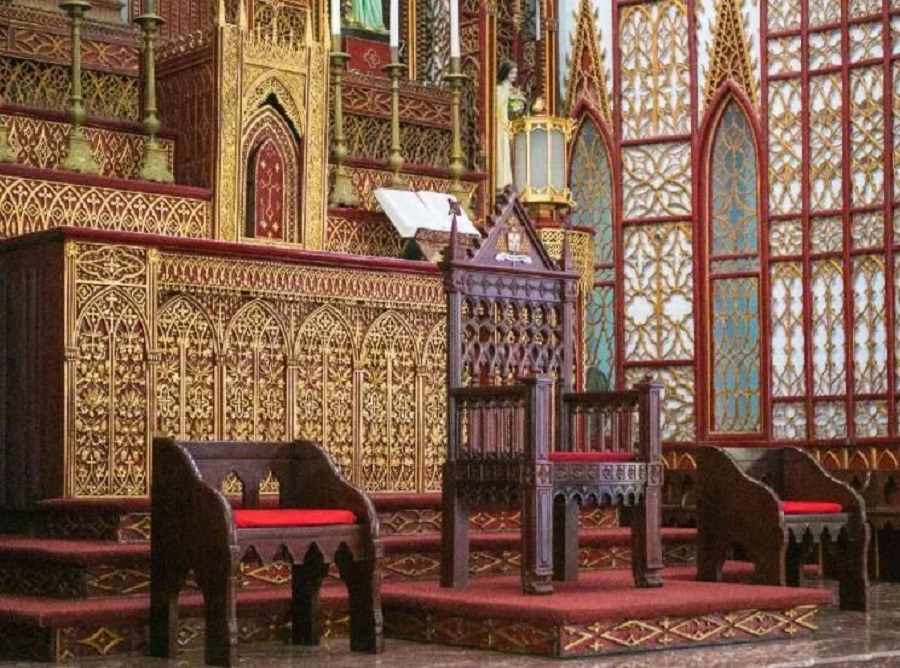

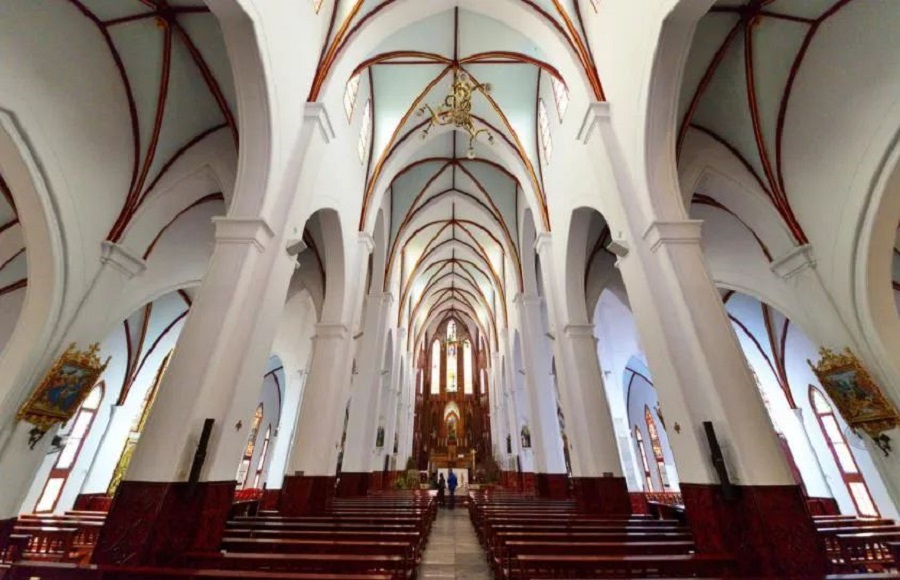
Ho Chi Minh's Former Residence is located in the northwest of Ho Chi Minh Memorial Hall, in the Presidential Palace next to Bating Square. The main building of the Presidential Palace is a French style villa, which is quite luxurious. But Ho Chi Minh, who lived a simple life, did not live in the President's Office. His residence was an ordinary house and a stilted house by the pond. You can see it when you walk along the avenue in the garden. The stilted house is made of two layers of wood, in which you can visit the objects he used before his death.
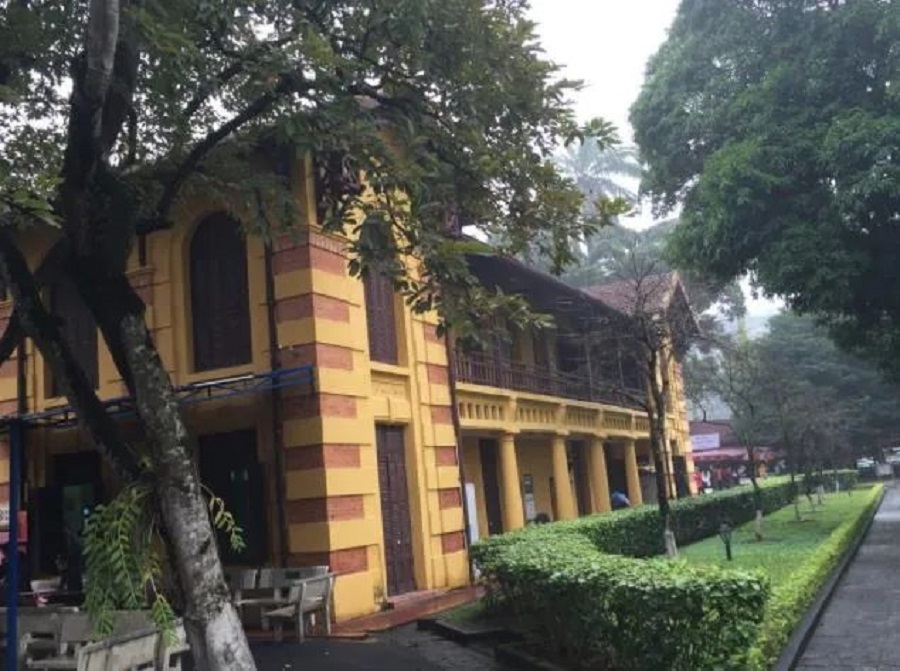
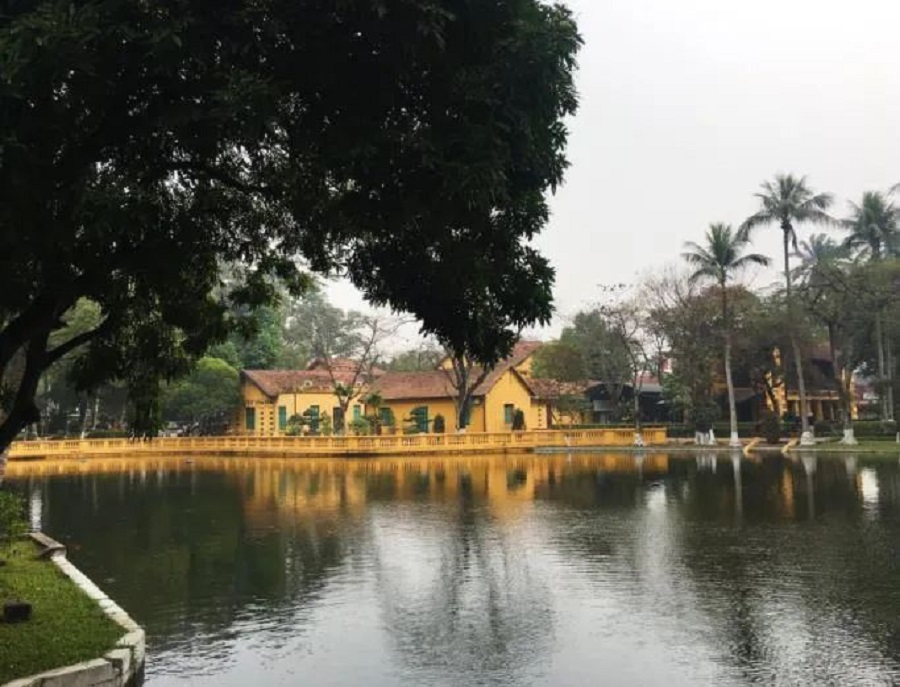
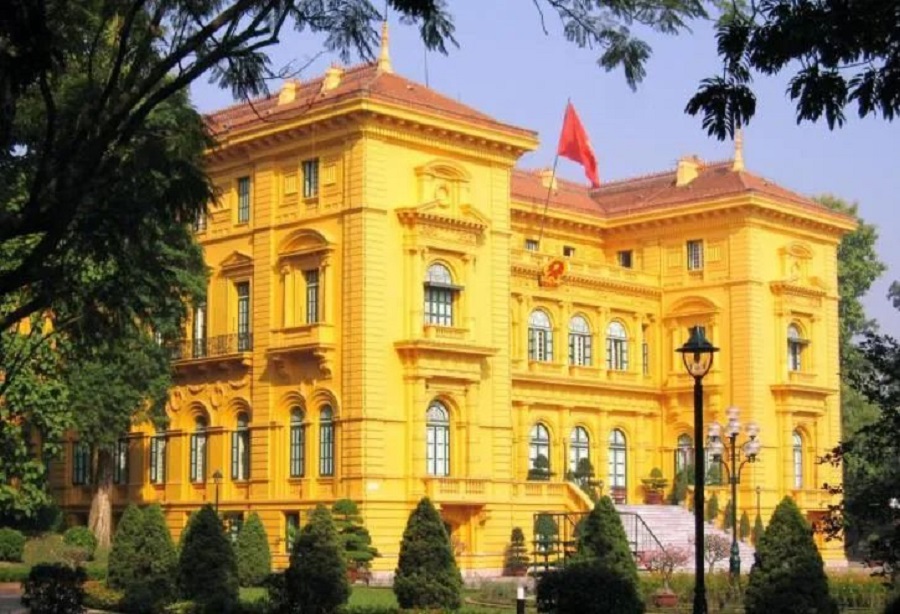
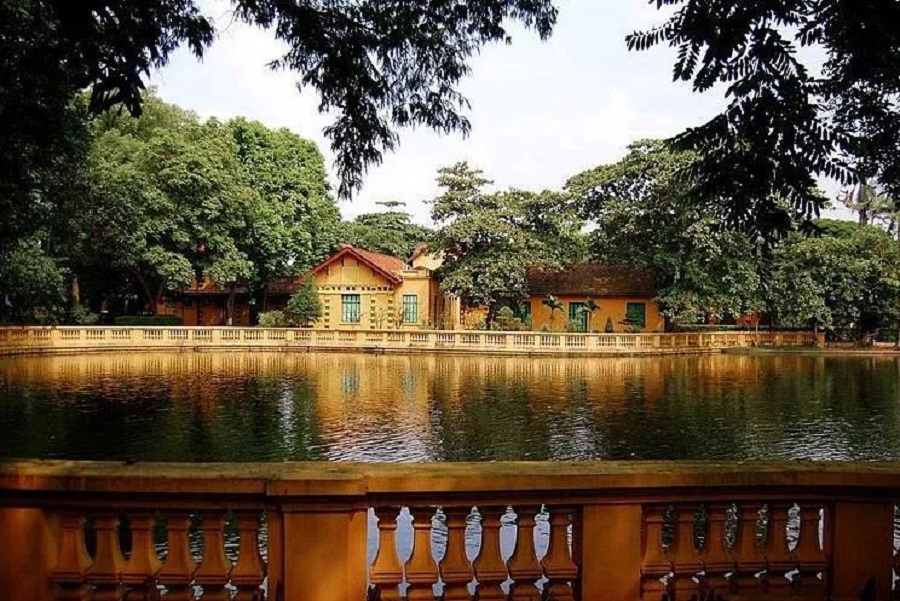
Hanoi Confucian Temple, also known as the Imperial College
(Quốc Tử Giám), is a typical ancient Chinese architectural complex in Hanoi, which is dedicated to Confucius and other Confucian sages. Different from domestic Confucian temples, Hanoi Confucian Temple also has a hall dedicated to the worship of Vietnamese Confucian master Zhu Wen'an.

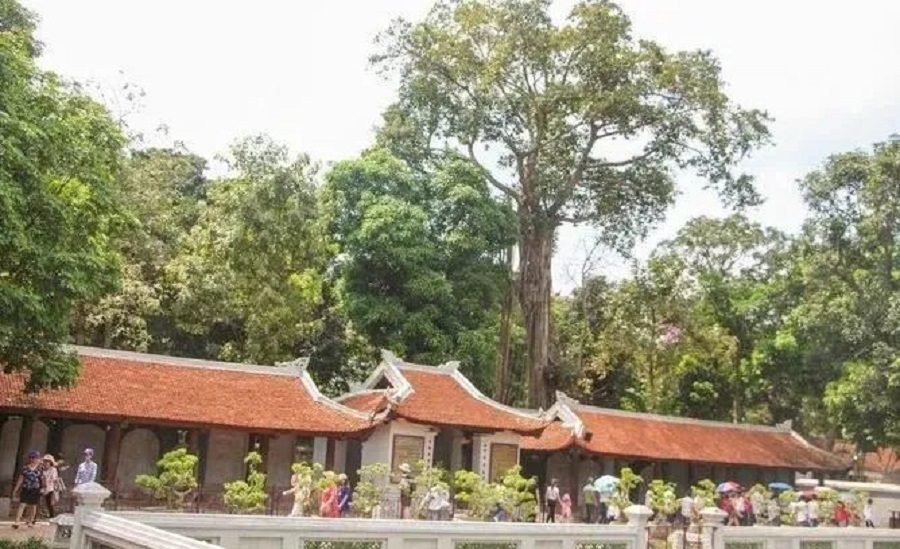
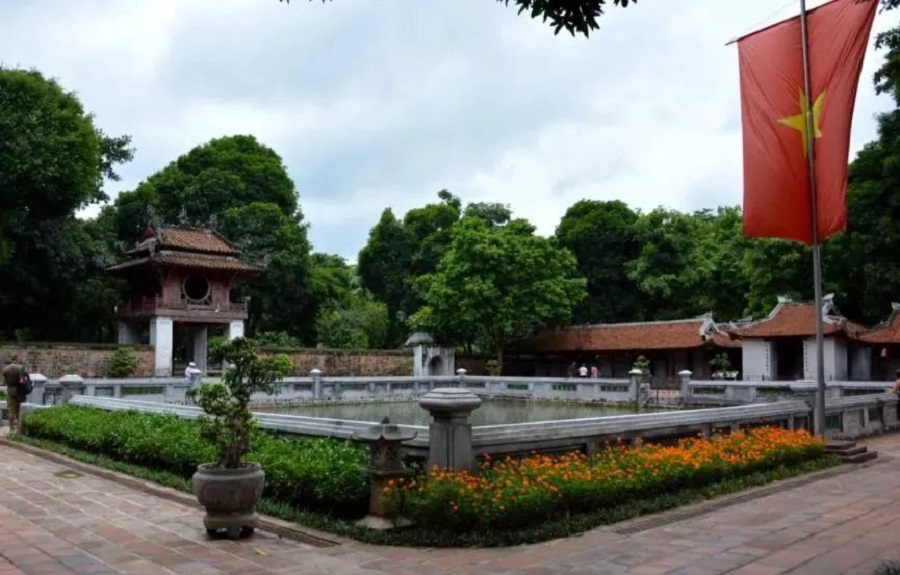
Ho Chi Minh Memorial Hall is located on the west side of Bating Square. It is the resting place of Ho Chi Minh, the father of Vietnam's independence. The mausoleum hall is magnificent. Ho Chi Minh's body is kept in the crystal coffin in the central hall, guarded by the military honor guard. Local people and tourists from all over the country come to pay homage to them. However, long lines will be formed on Labor Day, National Day and other major festivals. It is better to avoid these times when visiting.
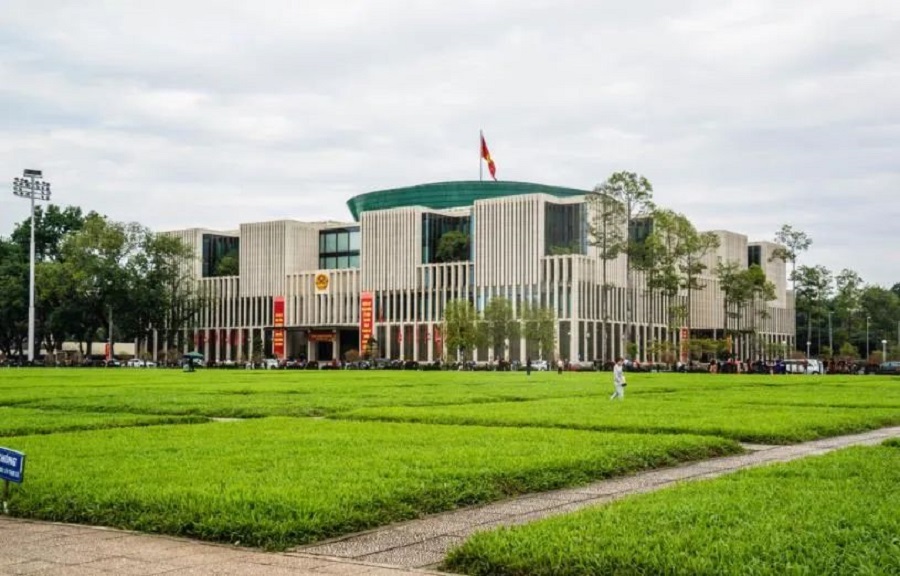
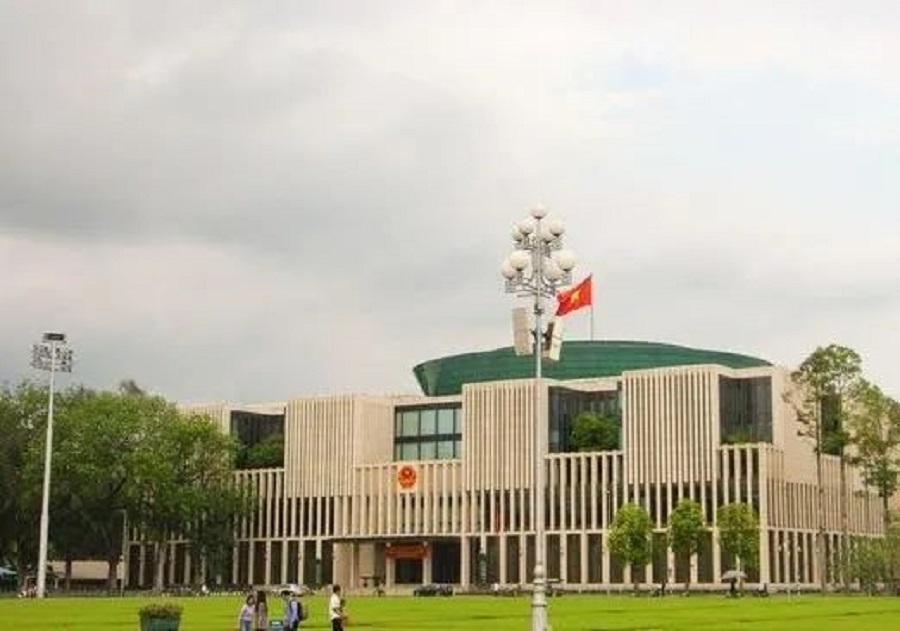
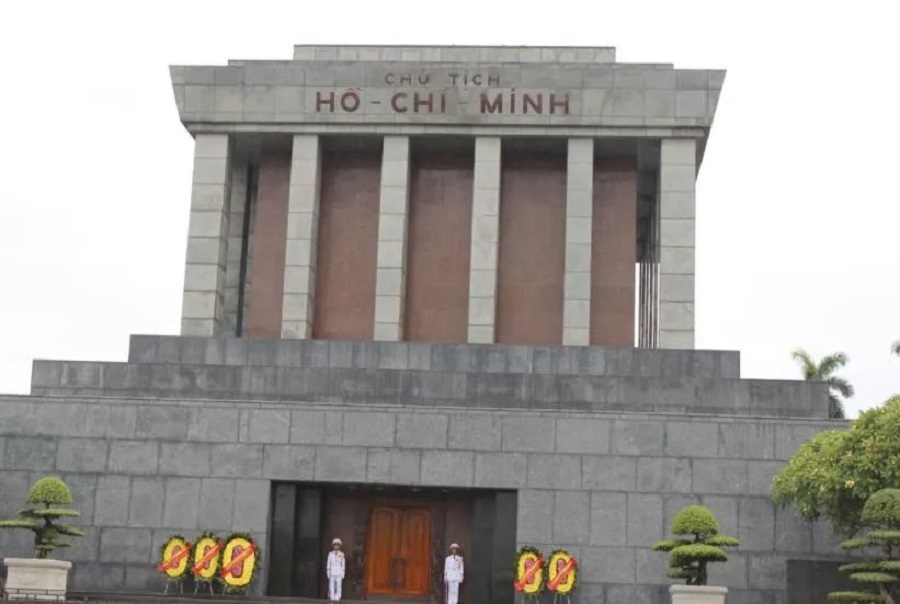
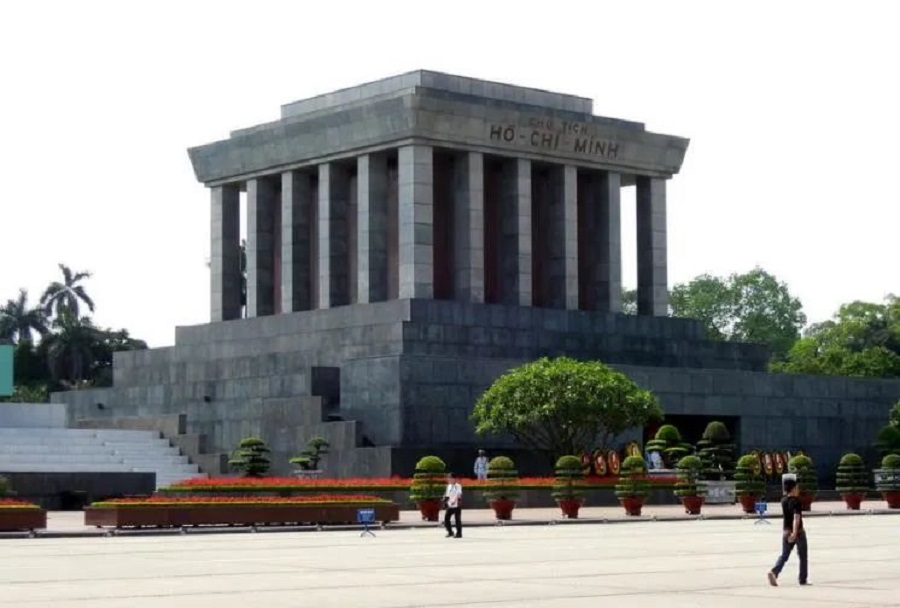
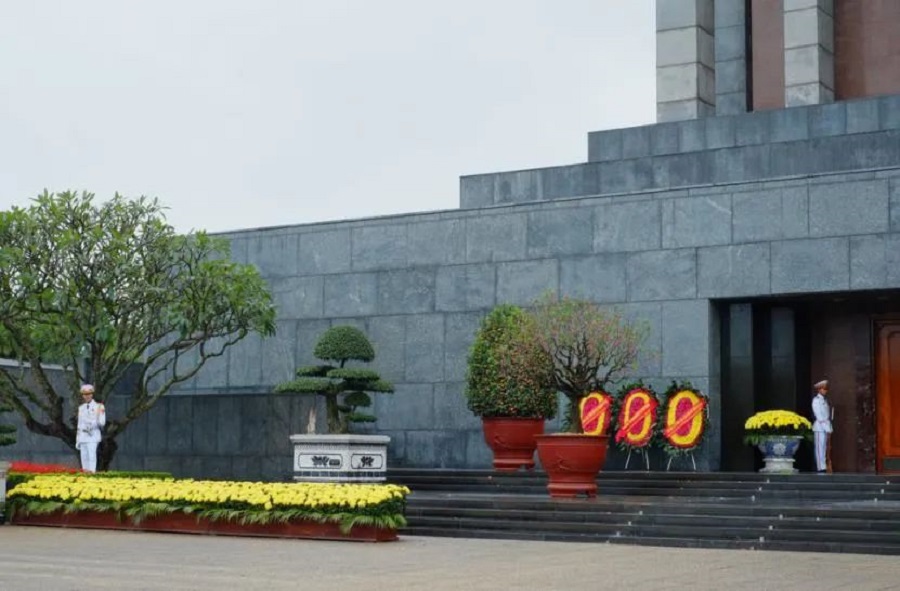
The Vietnam Military History Museum, located in the center of Hanoi, was built in 1956 to commemorate several unforgettable wars in Vietnam since modern times. Here you can see the weapons used in the war, and the Cot Co used in Hanoi as the imperial city.
